Overview:
Original media, articles, and publications by CNCA’s team, member cities, and project partners to educate and inspire the reduction of embodied carbon and promotion of biobased materials in the built environment.
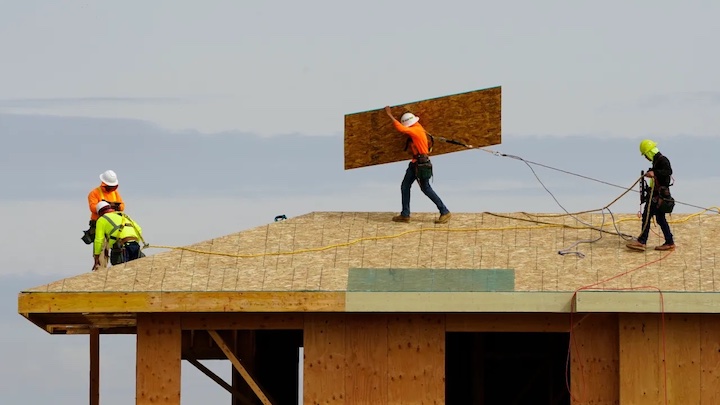
Original media, articles, and publications by CNCA’s team, member cities, and project partners to educate and inspire the reduction of embodied carbon and promotion of biobased materials in the built environment.
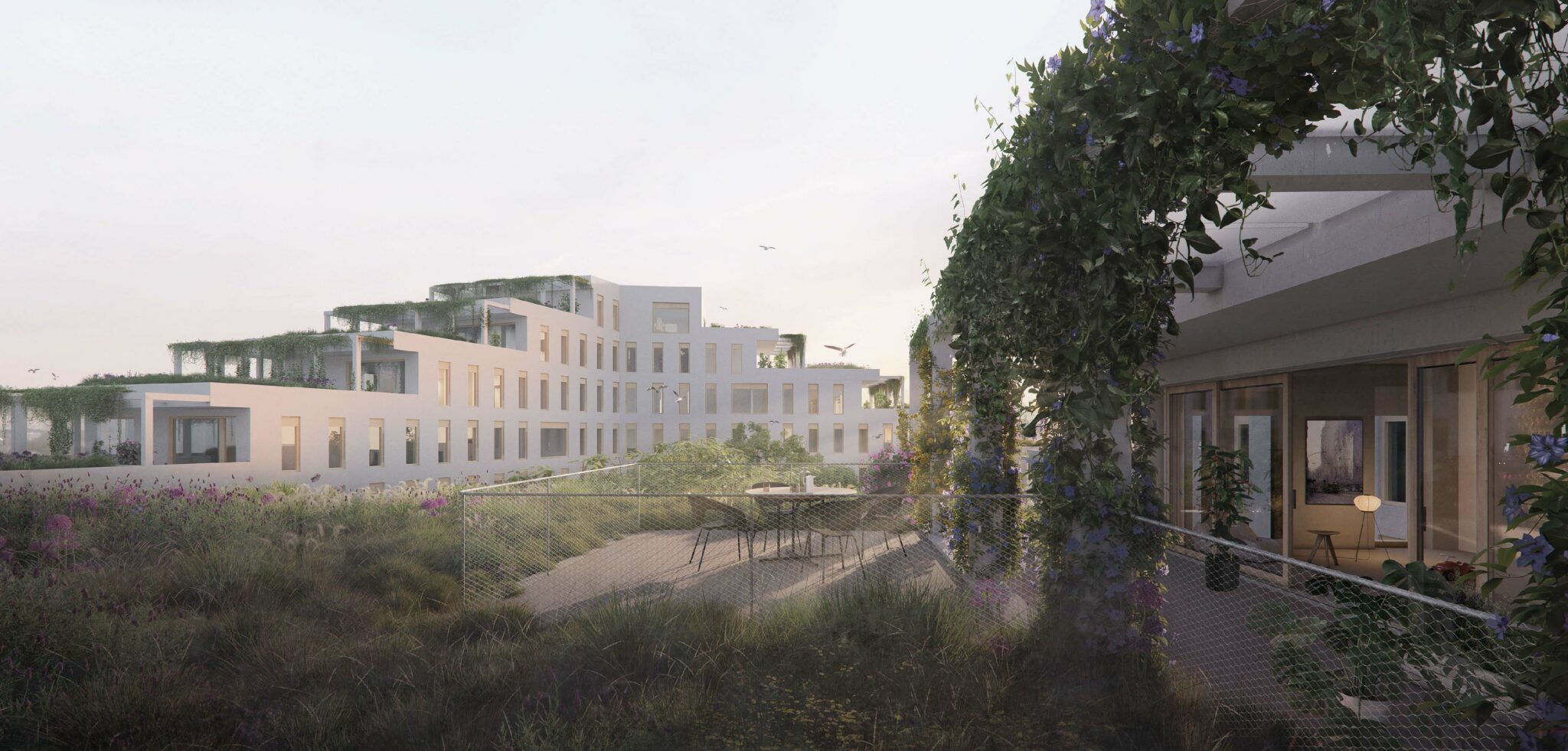
This article was written for CityChangers.org by Irene Garcia, Built Environment Lead, and Michael Shank, Director of Engagement. In it, they outline a six-step plan – illustrated by examples of how these steps have been implemented in world cities – suitable for any municipality to adopt in the efforts to transform its built environment. And in such a way that addresses today’s common urban socio-economic and environmental challenges.

Year Completed: 2024
Interview by Kika Brockstedt, in conversation with Irene García, CNCA Built Environment Lead.
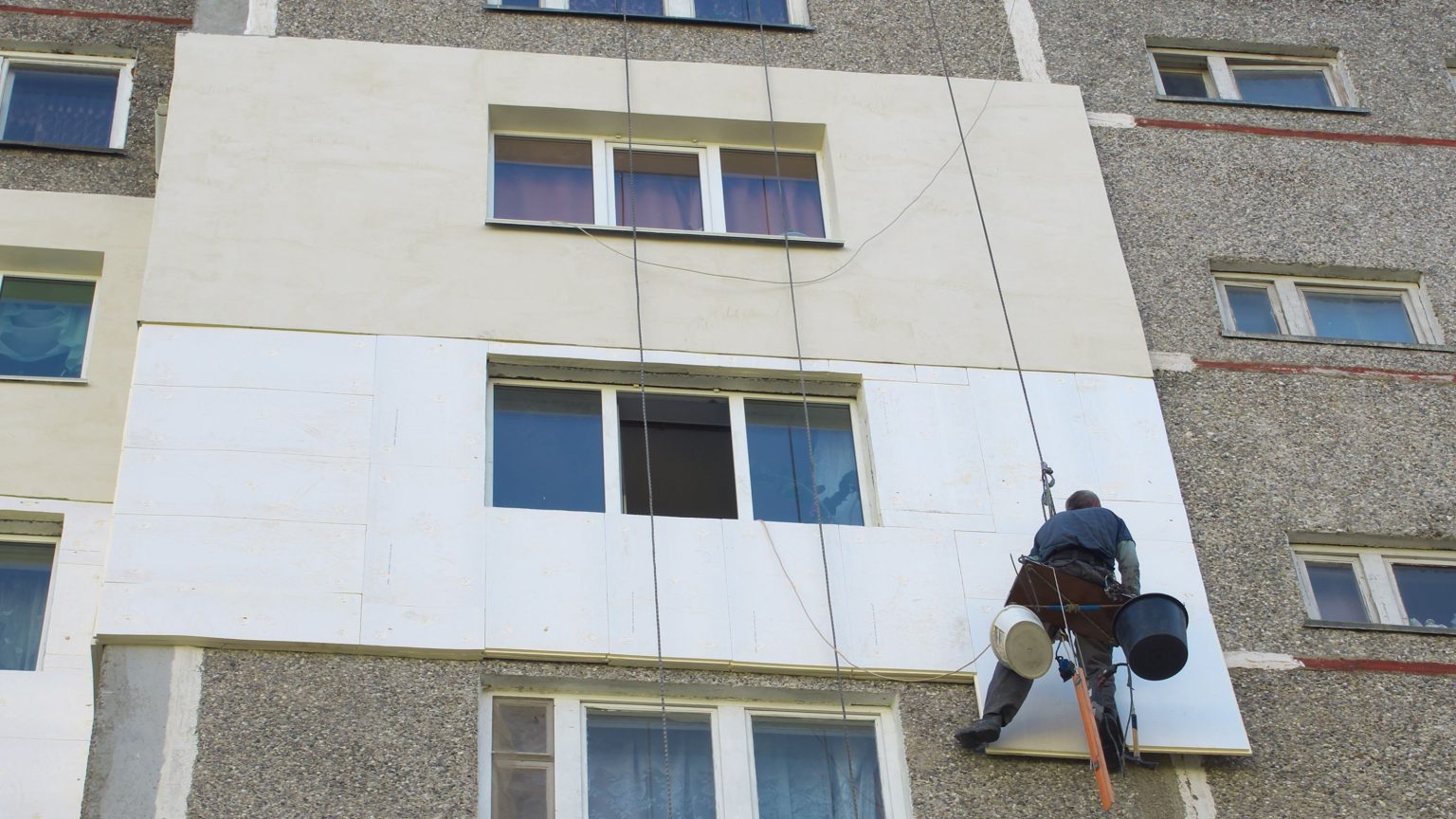
Year Completed: 2024
The cities of Amsterdam, Stockholm and Nantes offer good examples of how meaningful progress towards decarbonising the building sector can be achieved, while advancing the EU’s broader climate objectives.

Year Completed: 2023
Coming Soon: Handbook to offer cities a practicable approach to reducing CO2 emissions through low carbon construction.
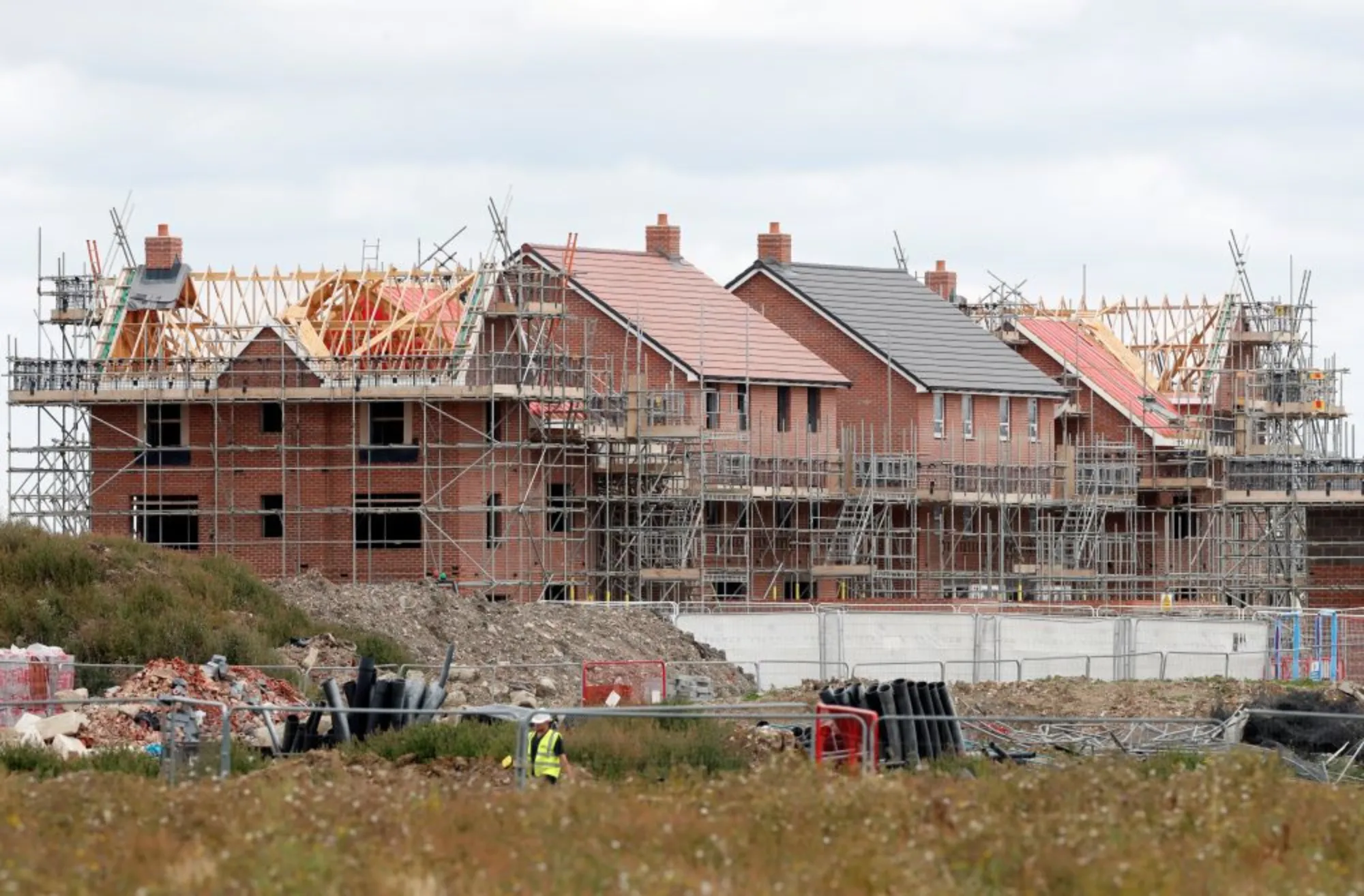
Year Completed: 2023
Prioritising sustainable construction materials could help the European Union meet its climate change goals.
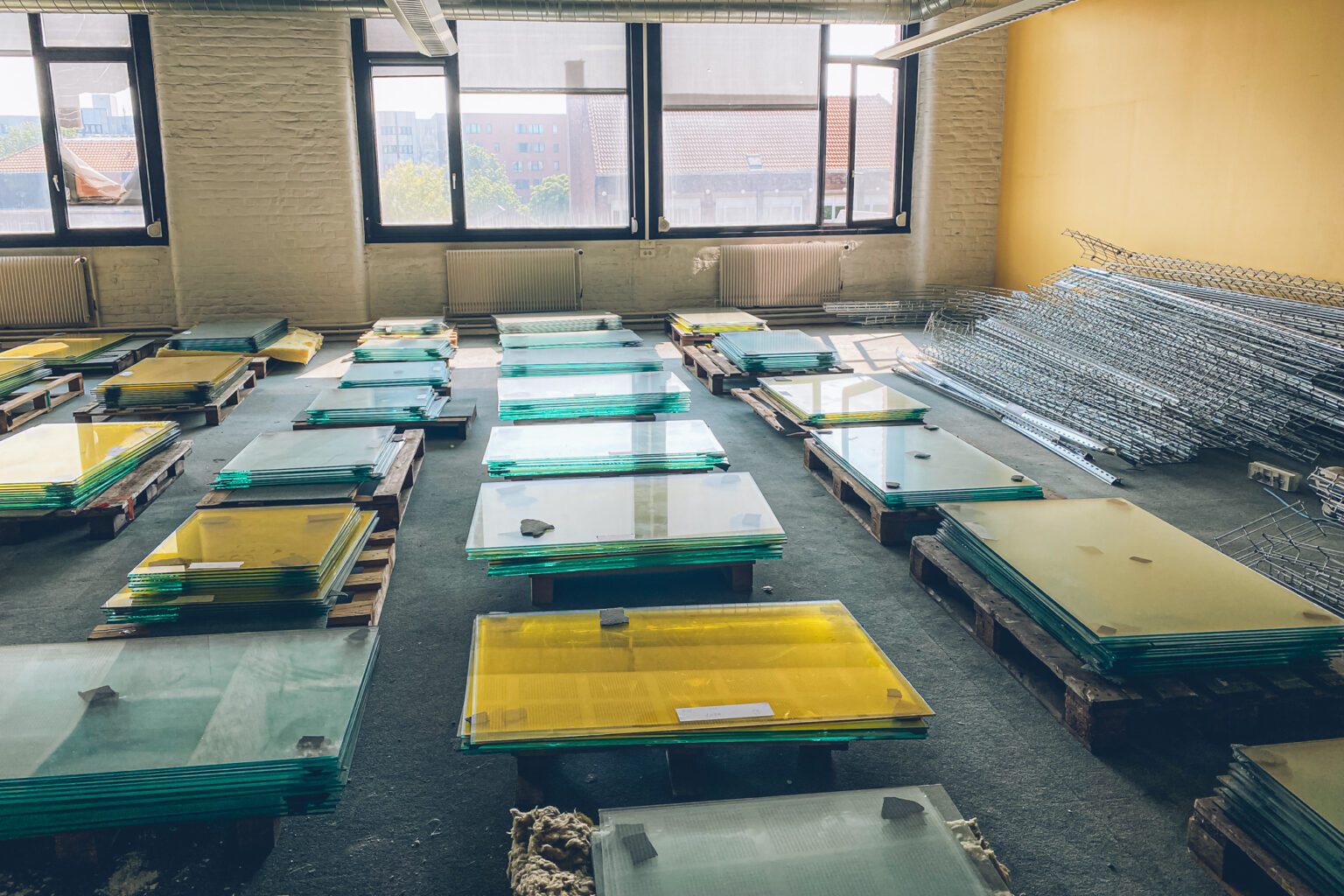
Year Completed: 2023
The CPR has an extraordinary potential to dramatically cut down emissions from the construction sector in Europe, which to date remains largely unchallenged.

Year Completed: 2023
Helsinki has been using competitions to encourage sustainable construction and is leading the way in reducing the sector’s carbon impact.

Year Completed: 2022
Buildings hardly receive the climate activism commensurate with their impact – despite concrete being the second-most consumed material after water.
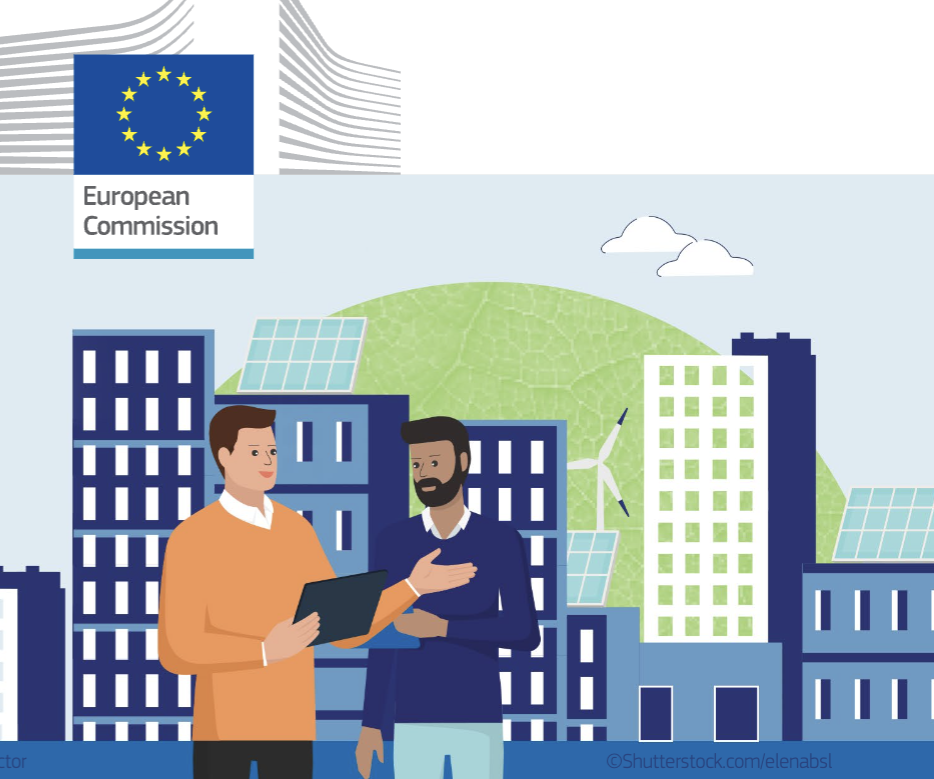
Year Completed: 2022
Factsheet to help EU cities achieve sustainability goals.
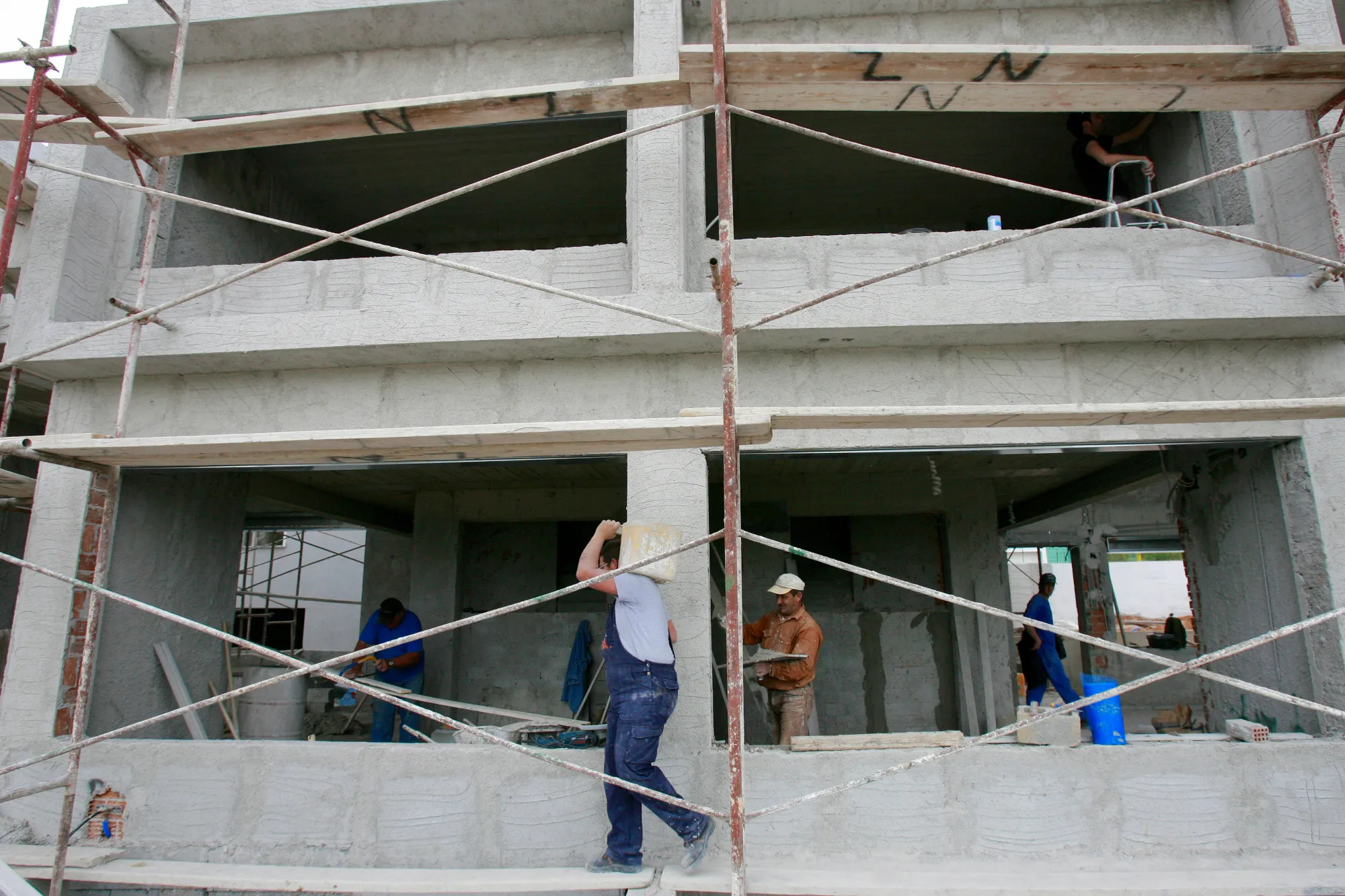
Year Completed: 2022
The first step is getting people as excited about cutting ‘built environment’ pollution as plastic or food waste.
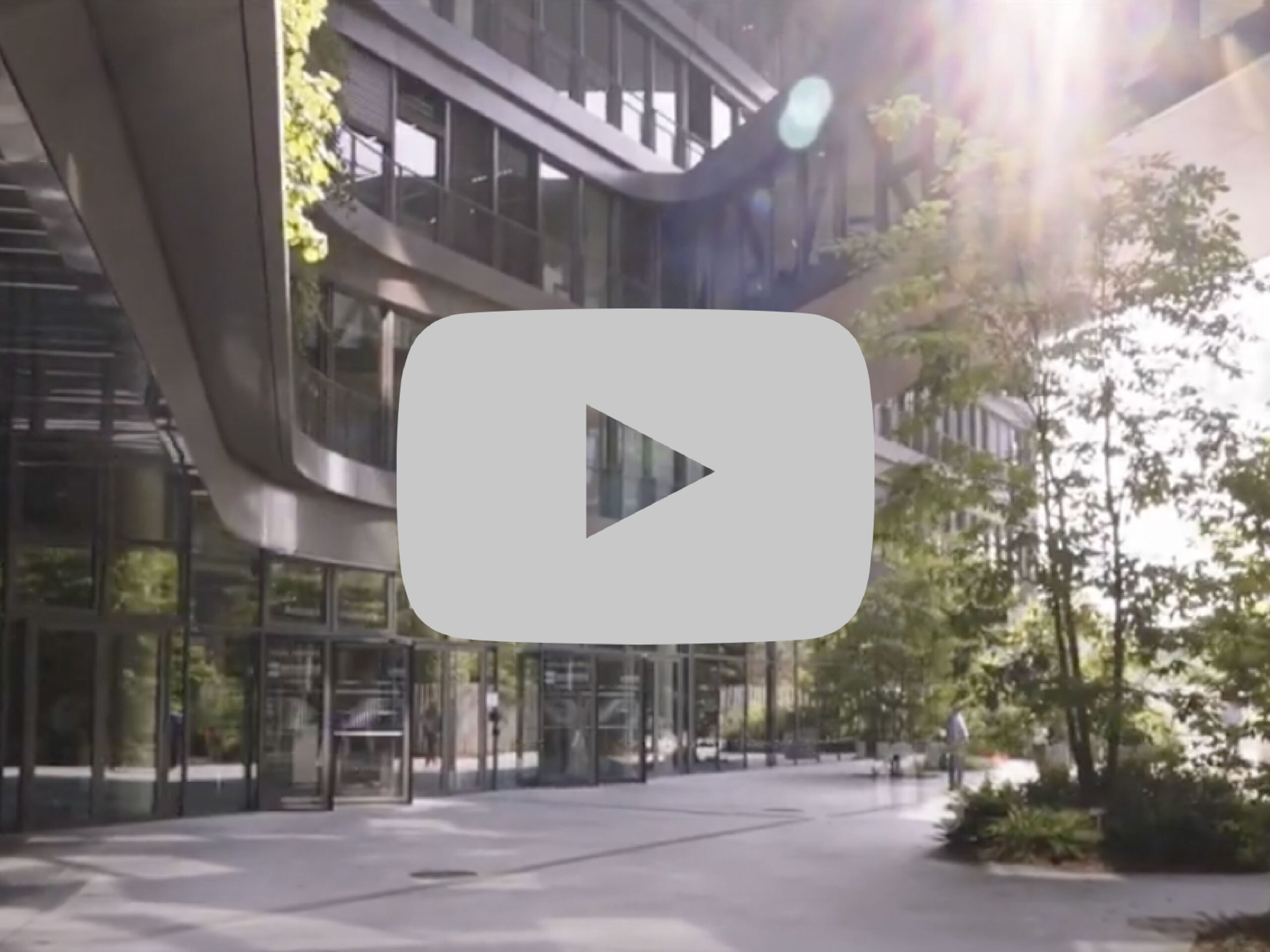
Reflections from city officials on their participation and site visits organized during the meeting hosted by Lille Metropole in June 2023 in the framework of the project.
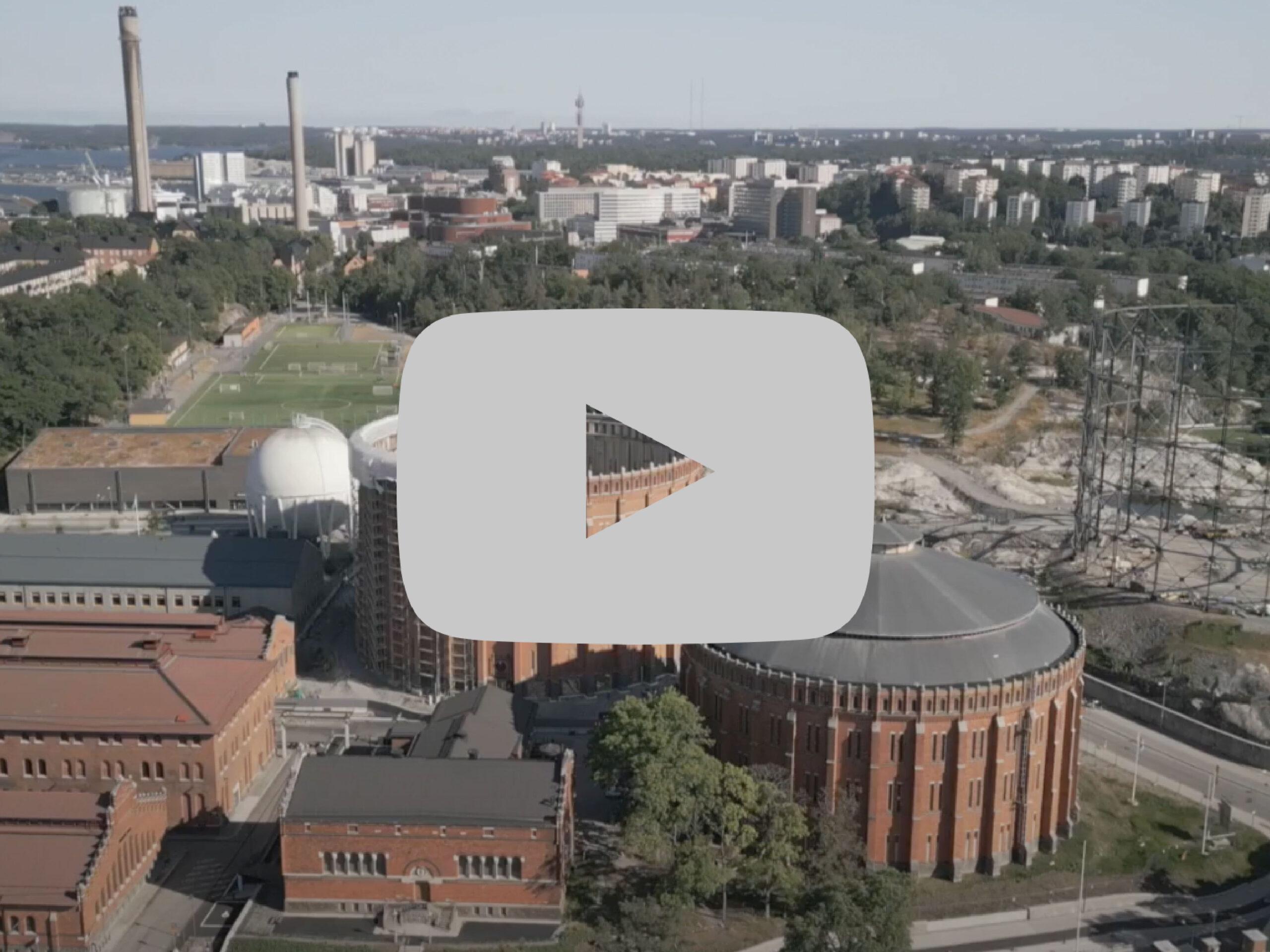
The former Gasworks area in Stockholm Royal Seaport ceased gas production in 2011. Today, a new era is beginning at the site, with emphasis on reuse and circularity.
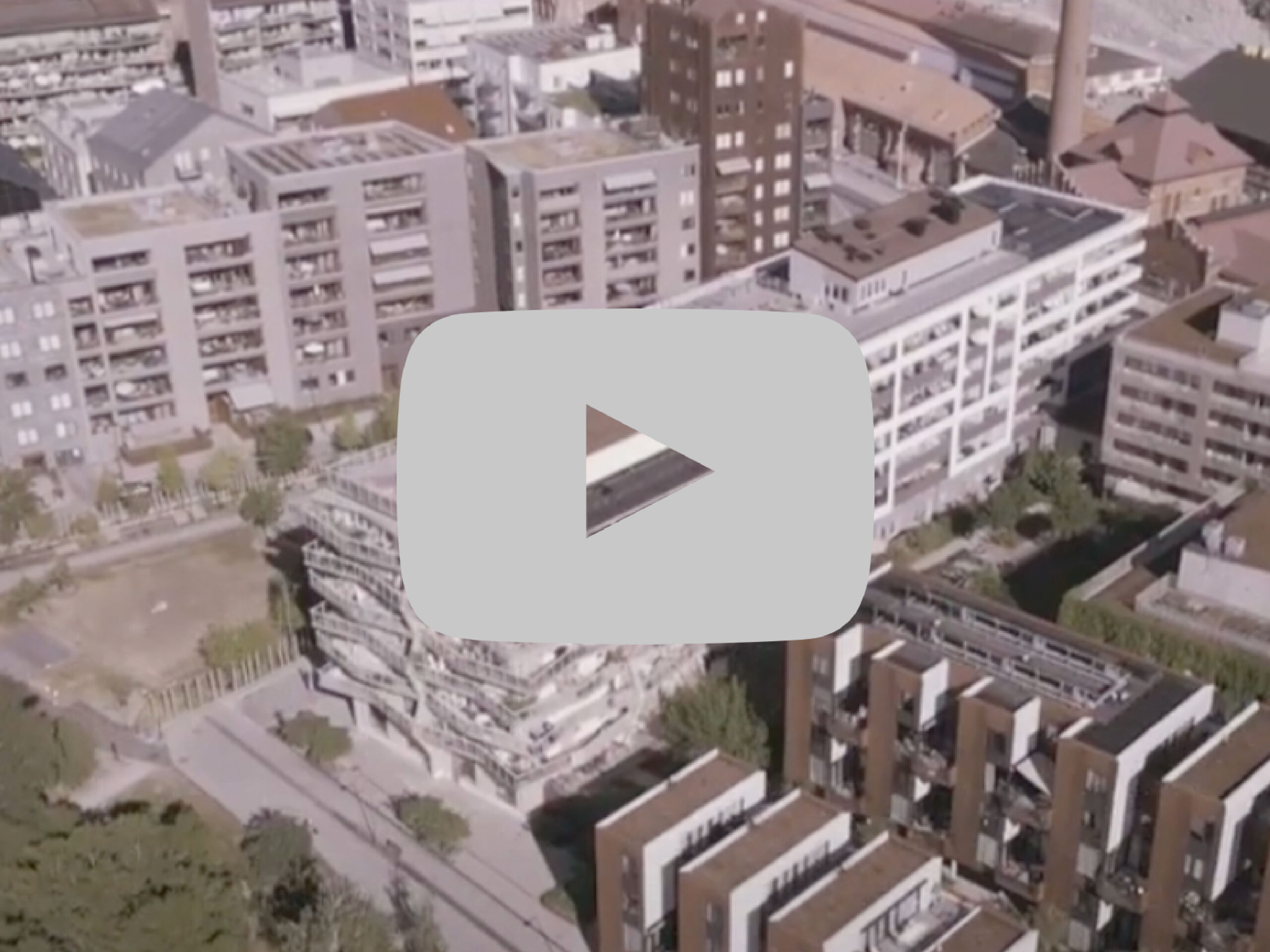
The Stockholm Royal Seaport is a former brownfield area which is undergoing one of Europe’s largest redevelopments and it’s happening using high sustainability standards.
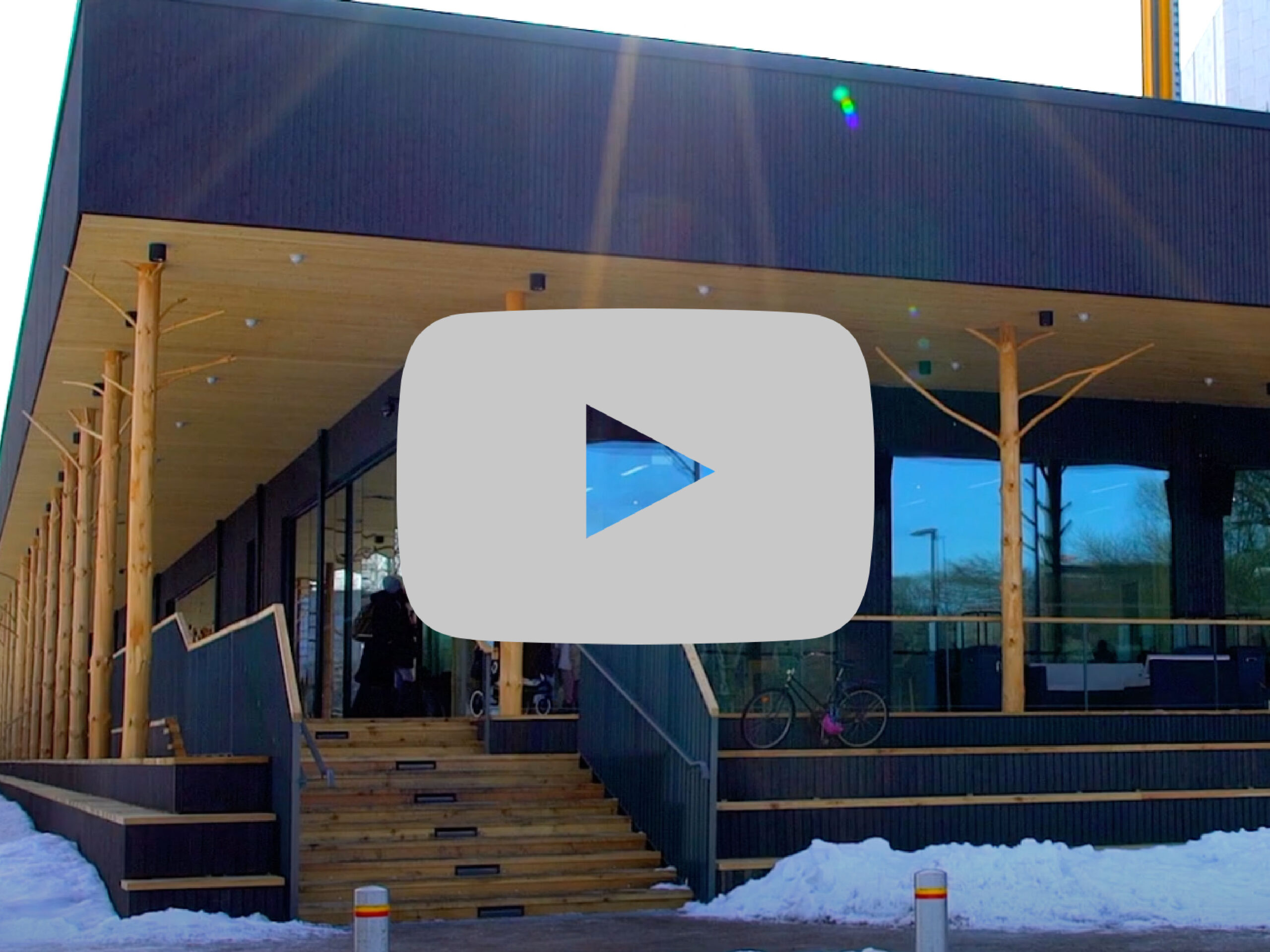
Part 1 of 3 series of videos: Helsinki illustrates the health, workplace, and environmental benefits of wood construction. Helsinki is rethinking its built environment and promoting more sustainable approaches in its city buildings.

Part 2 of 3 series of videos: Helsinki illustrates the health, workplace, and environmental benefits of wood construction. Helsinki is rethinking its built environment and promoting more sustainable approaches in its city buildings.
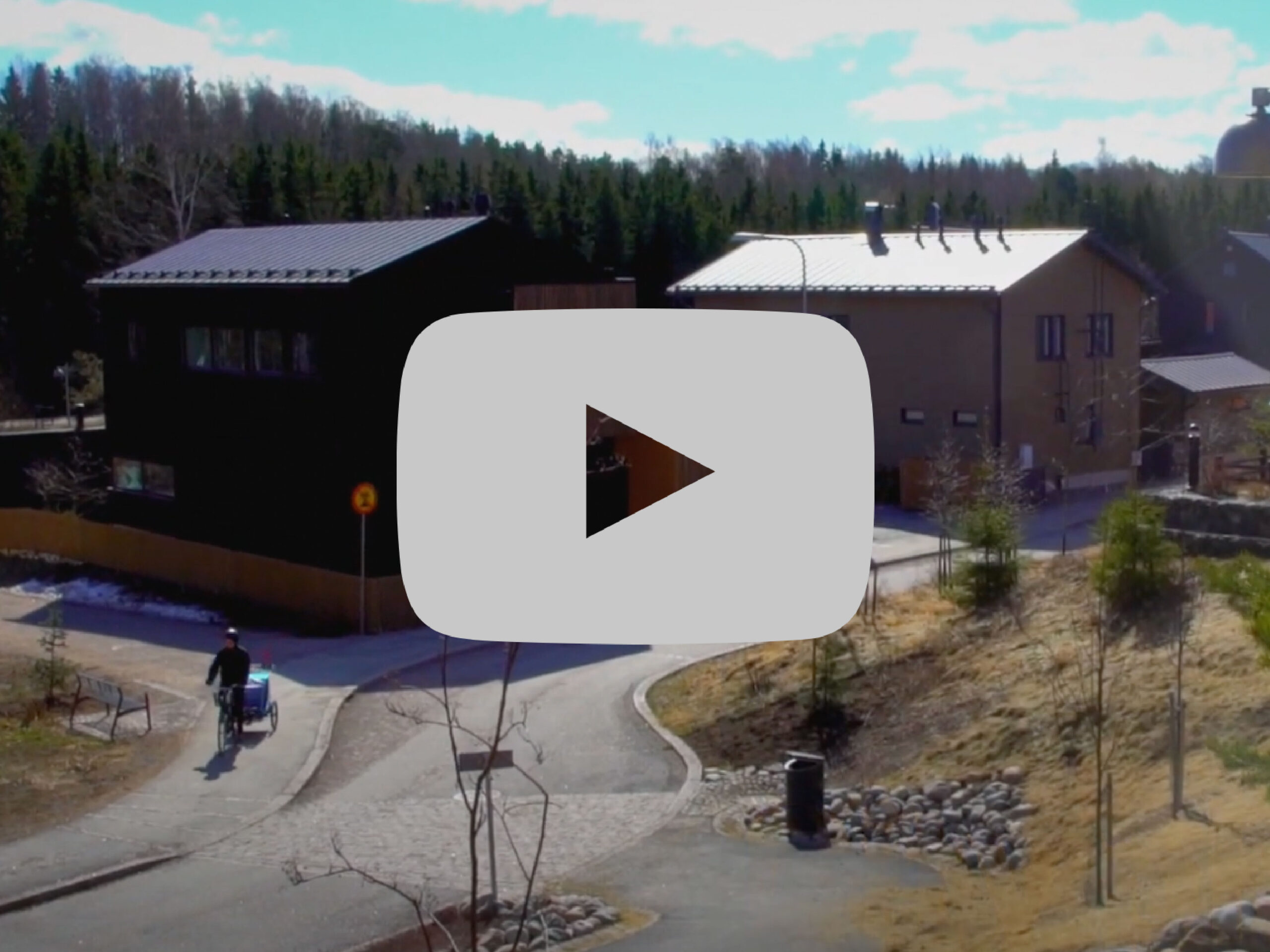
Part 3 of 3 series of videos: Helsinki illustrates the health, workplace, and environmental benefits of wood construction. Helsinki is rethinking its built environment and promoting more sustainable approaches in its city buildings.
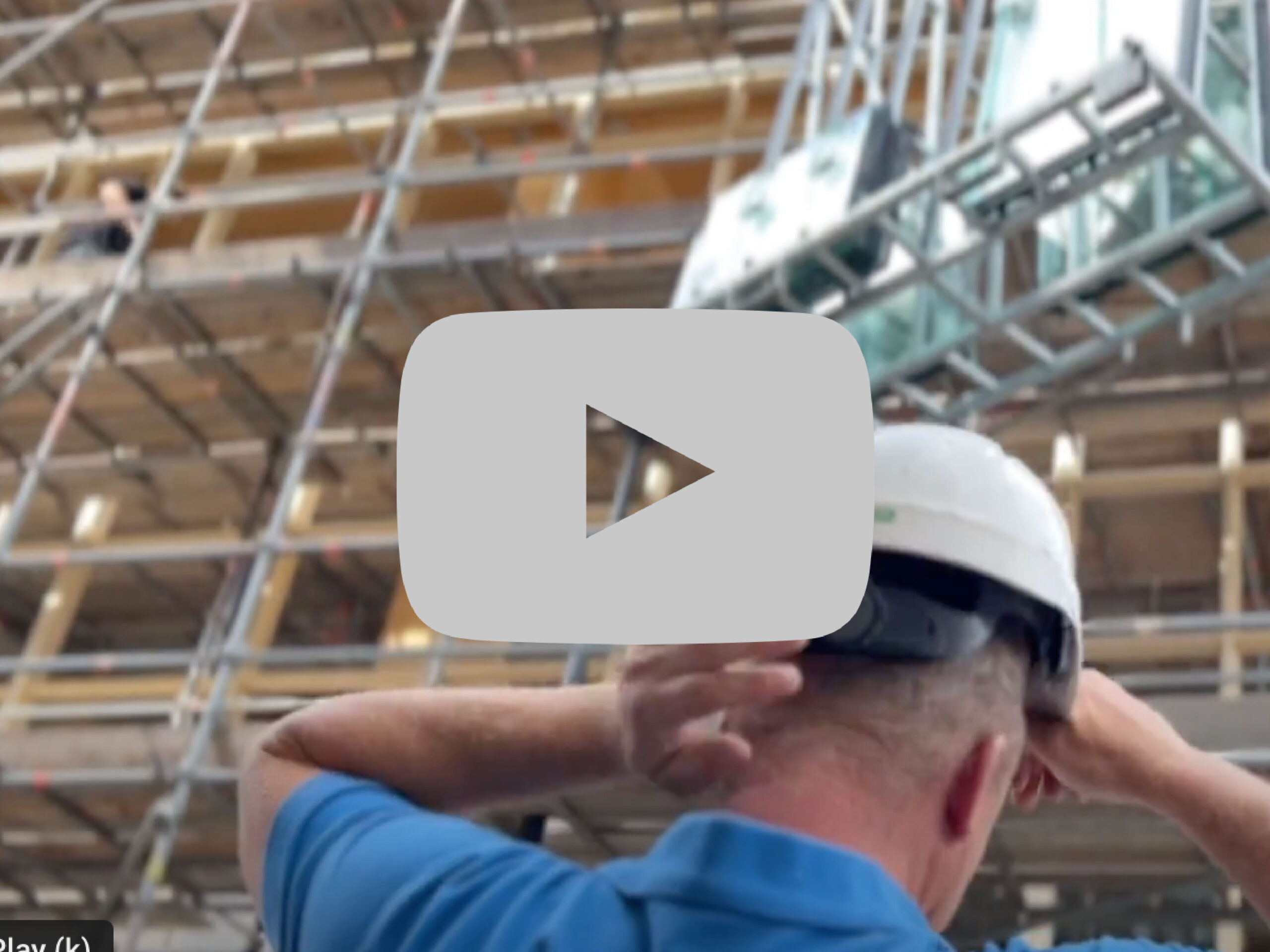
De Warren is the first self-build housing cooperative in Amsterdam. The energy-positive building has 36 affordable rental apartments, about 800 m² of communal space, is made of biobased materials and is drawn up from cross laminated timber and recycled wooden finishes.
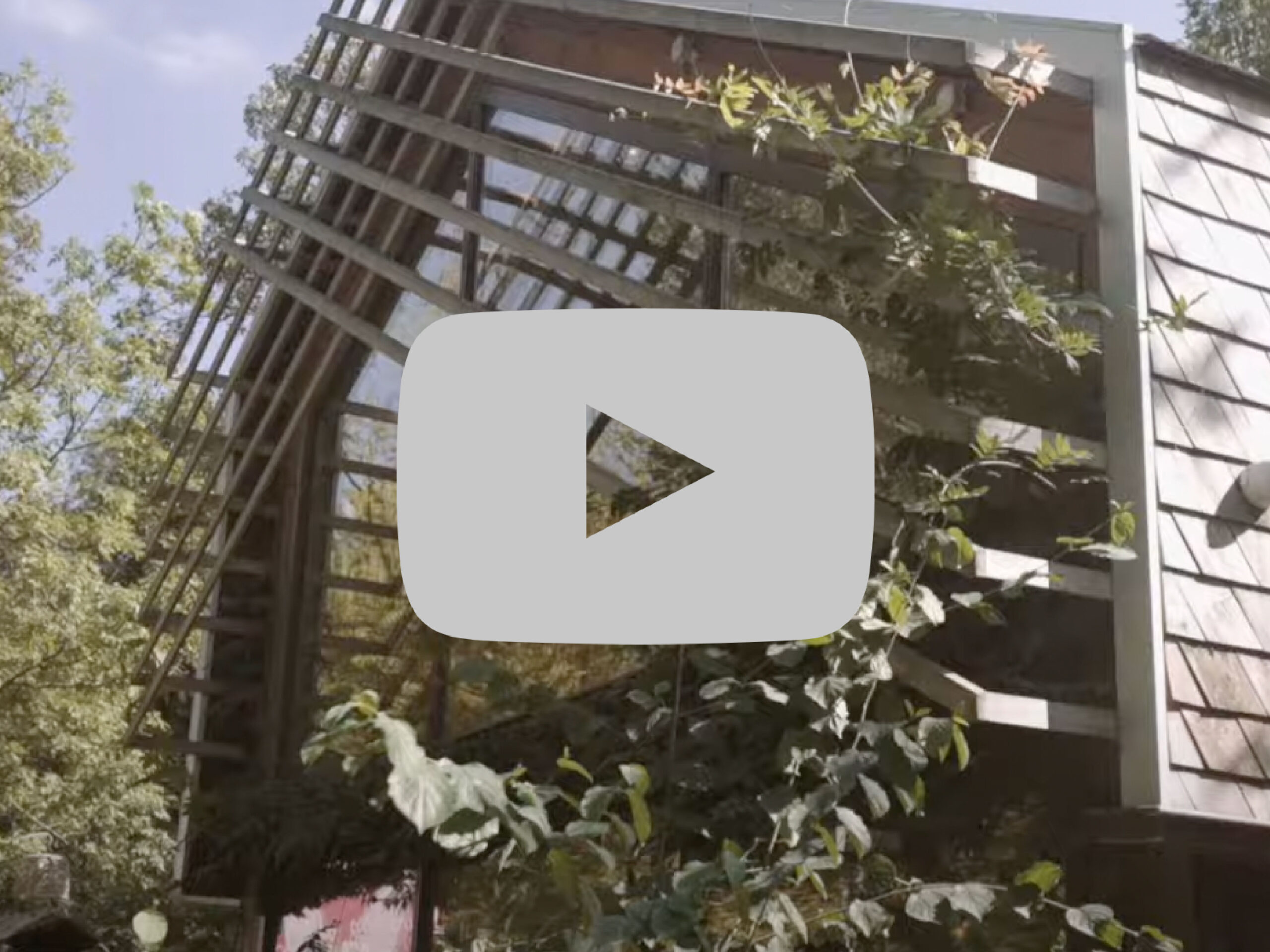
The old Vondeltuin, a large terrace located at a spacious park, burned down a few years ago. The video shows how Amsterdam supported the redevelopment of the area, by renovating in a circular way, making the best use of already existing materials and minimizing the environmental impact of their building processes.